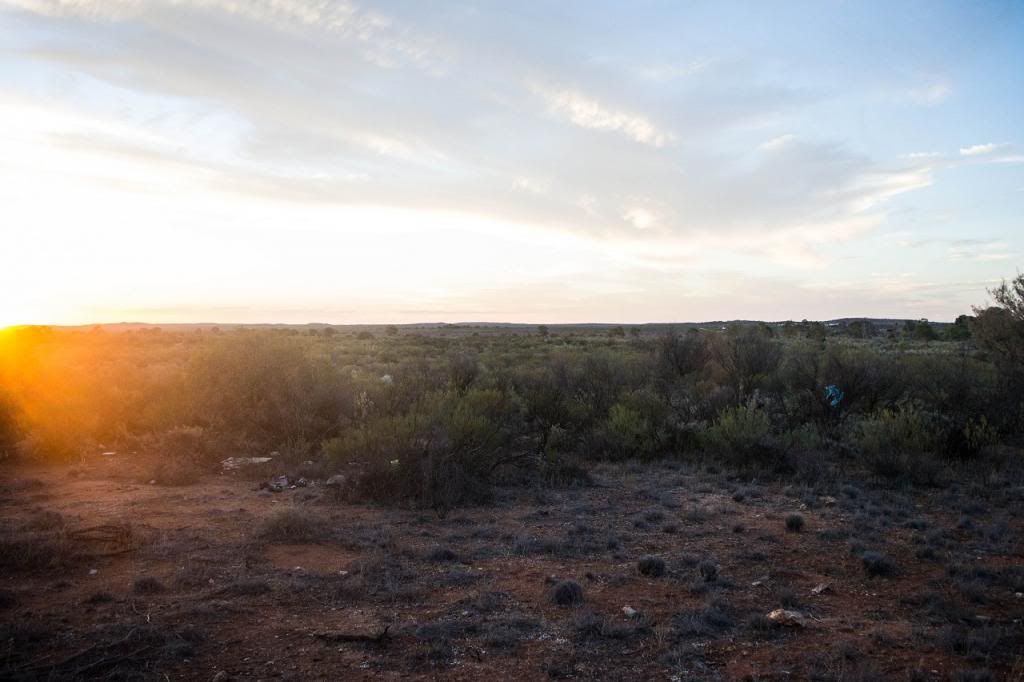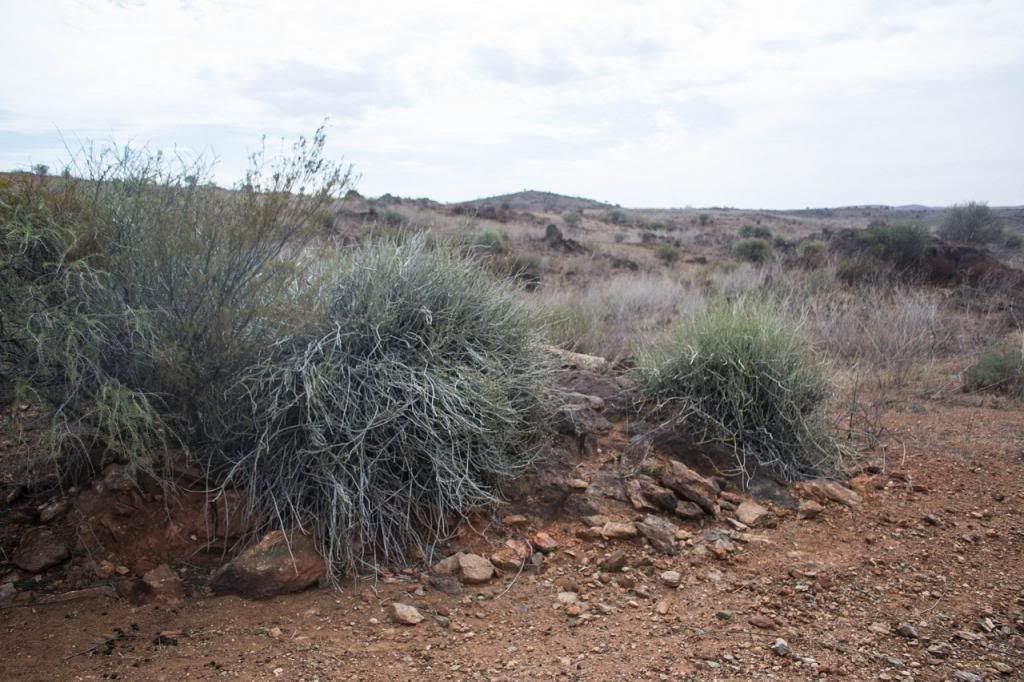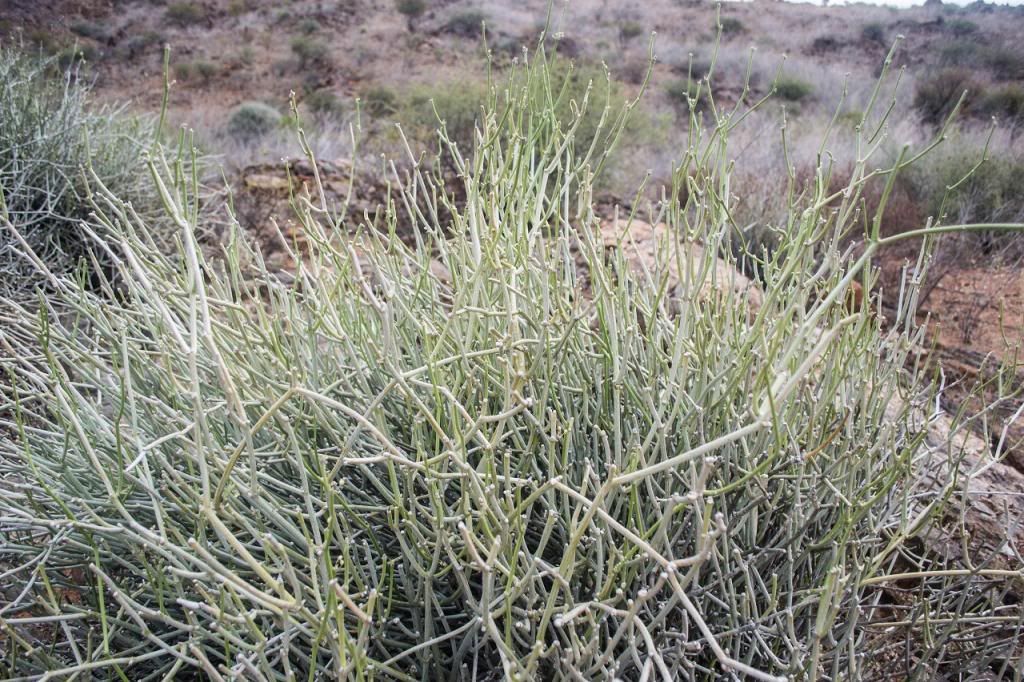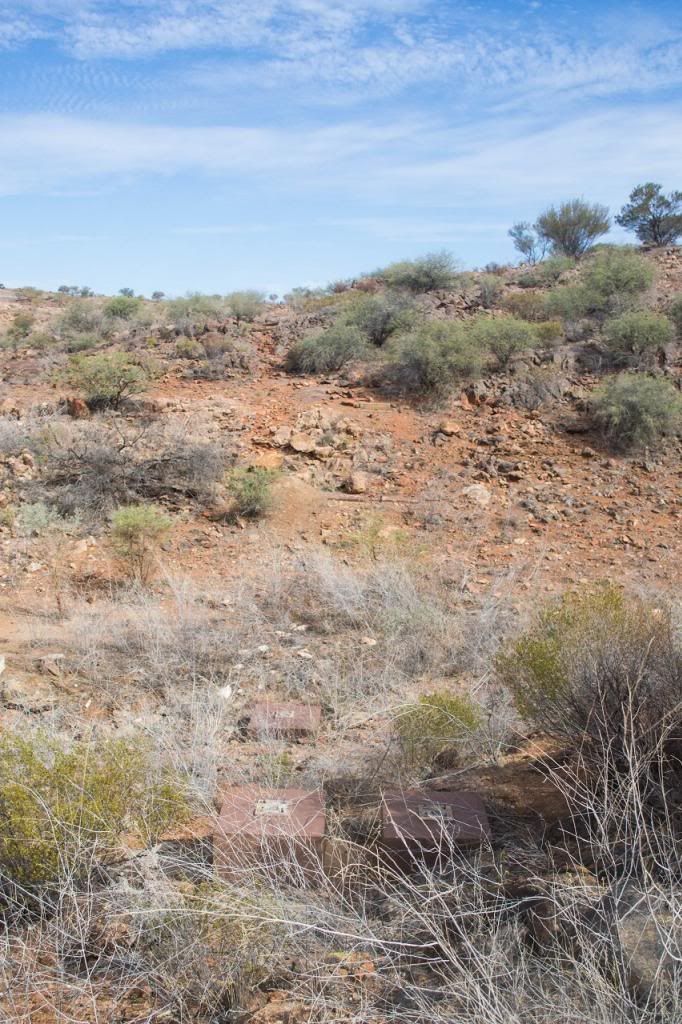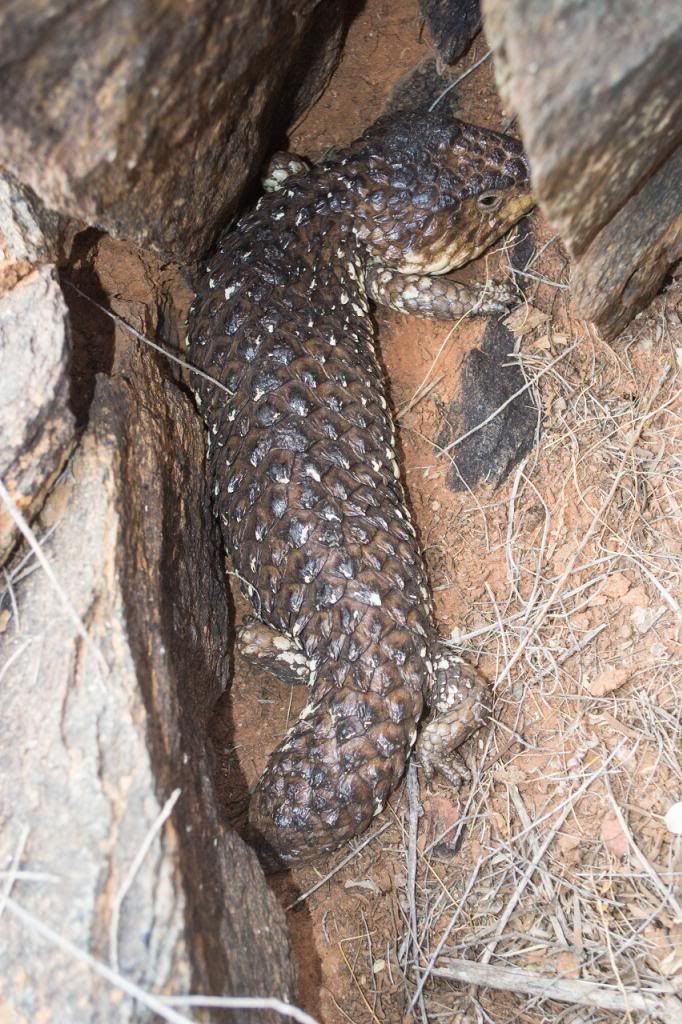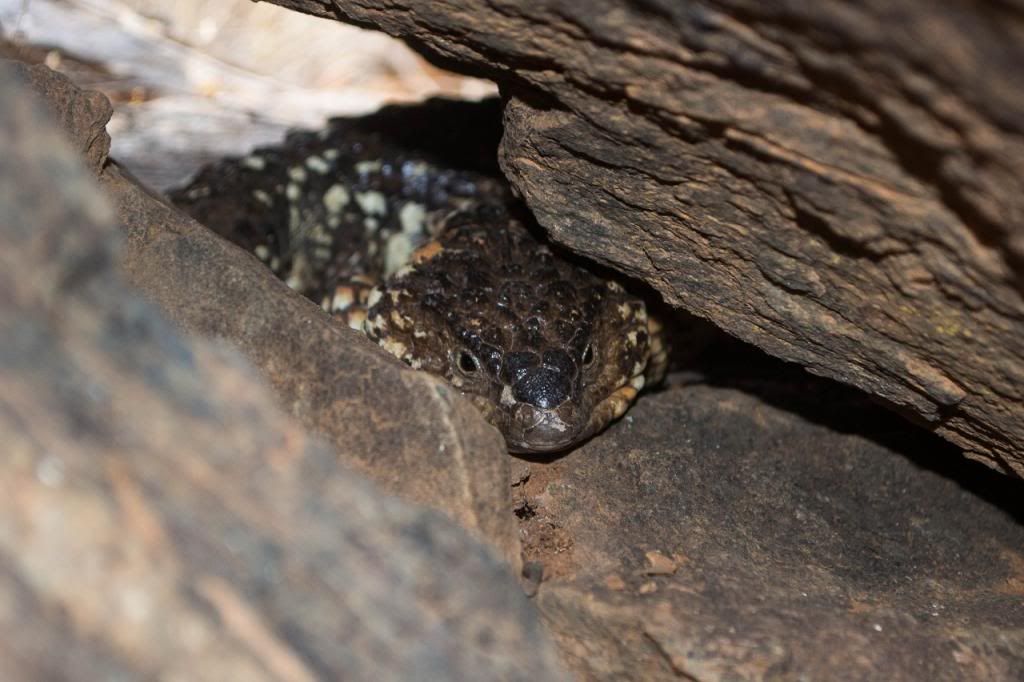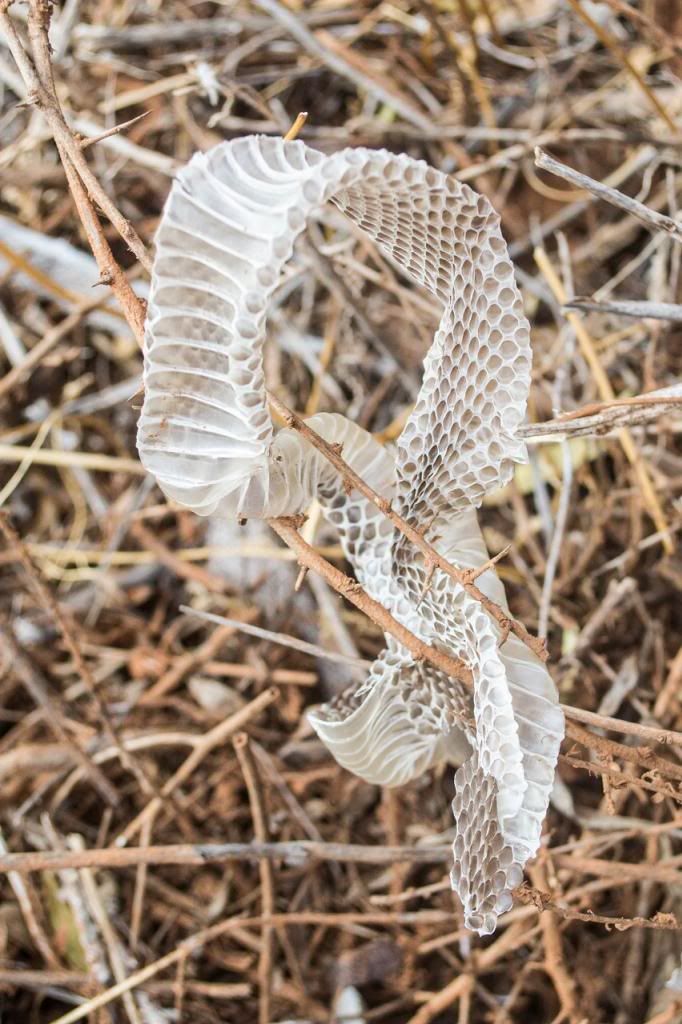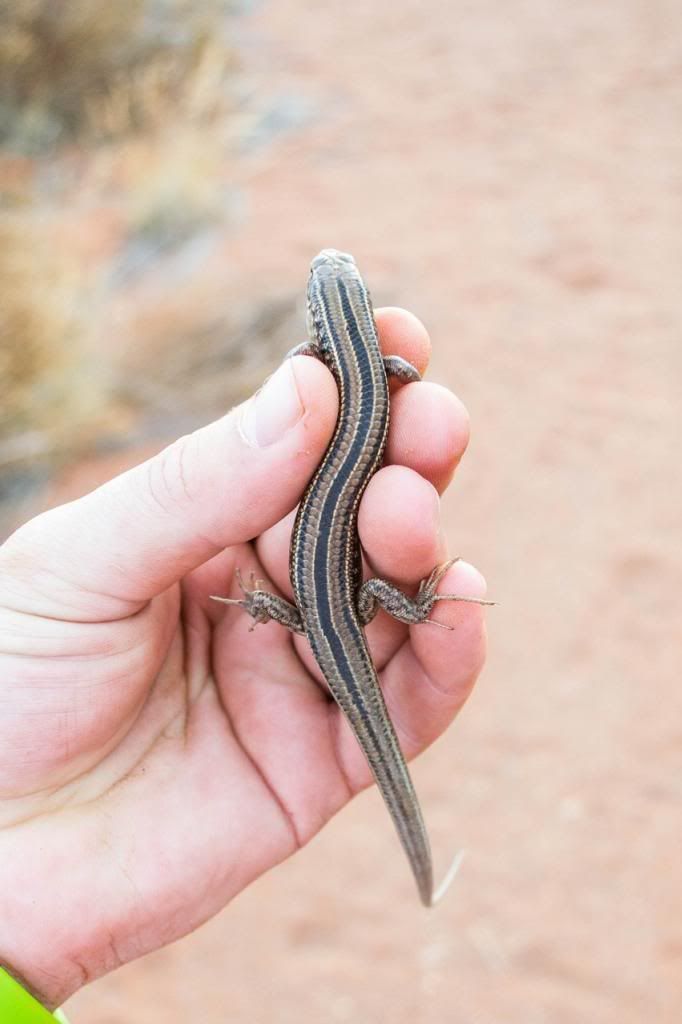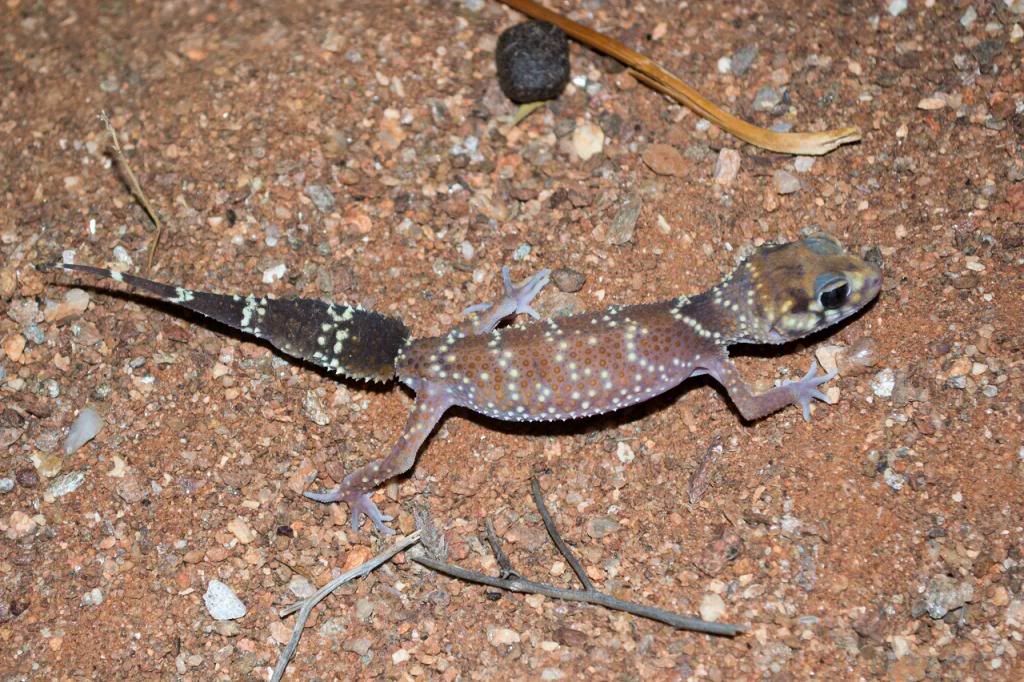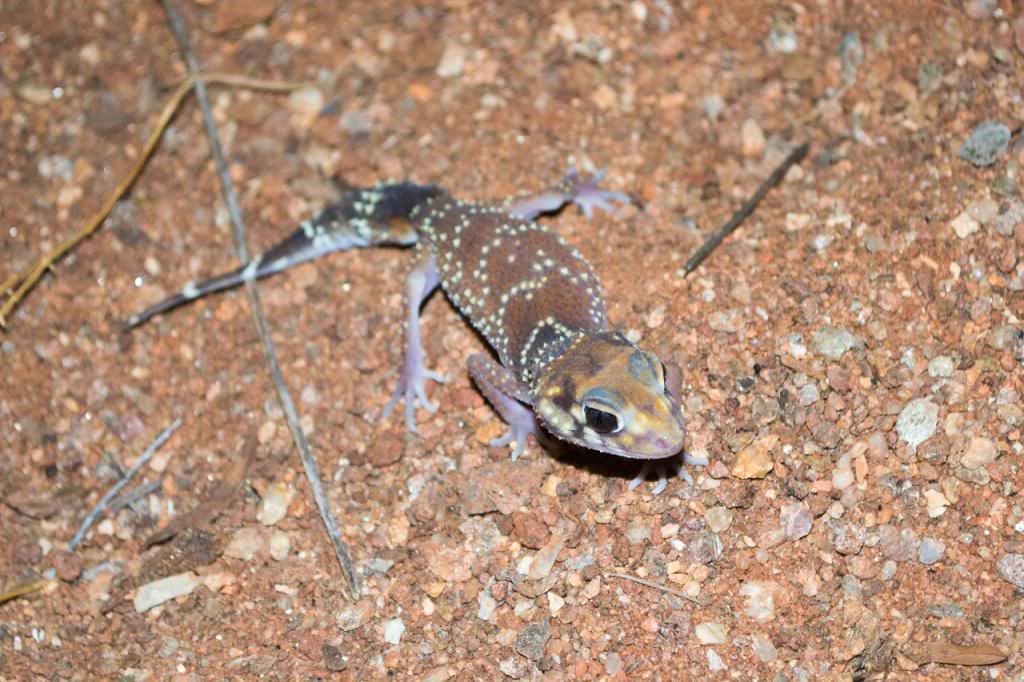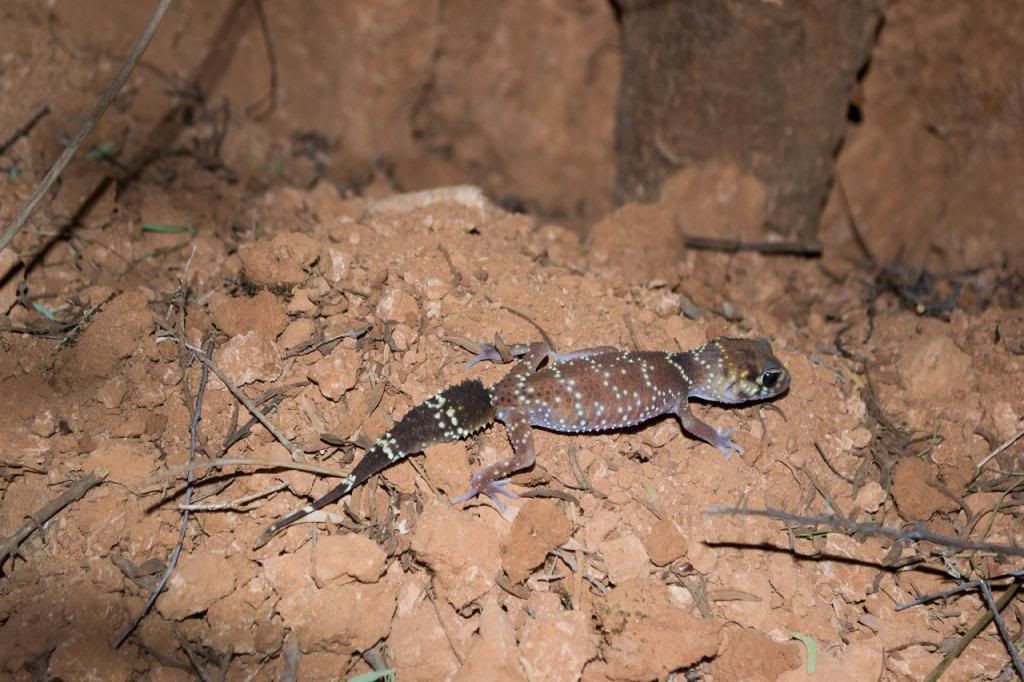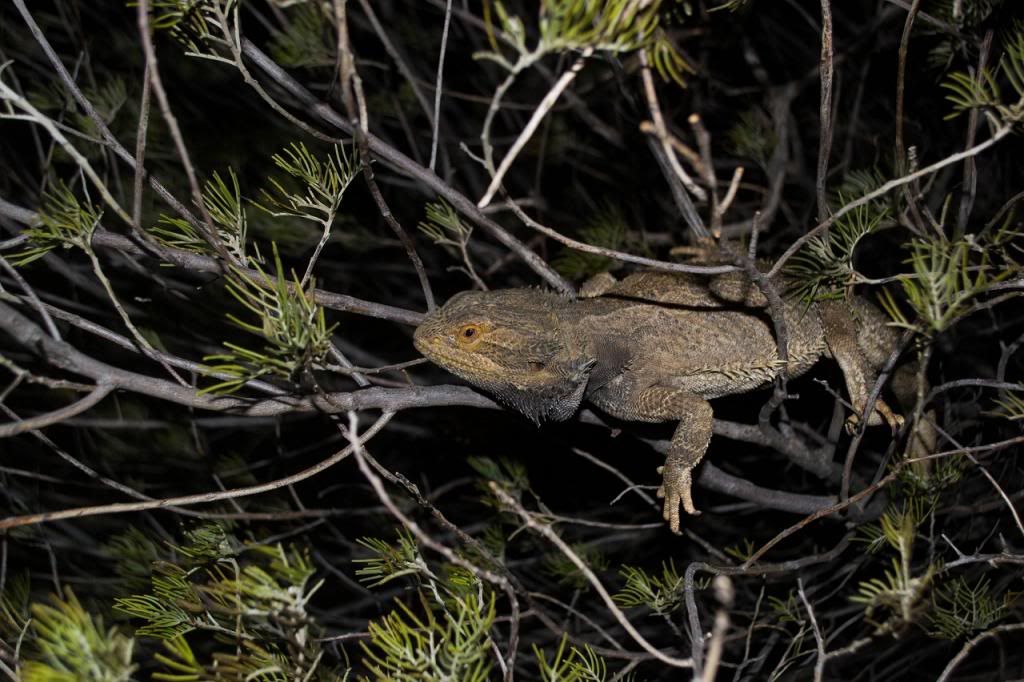The following is a summary report of three trips to the UAE and Oman in 2013. I had hoped to return again this year but that now seems unlikely. Last year, I was fortunate to be able to break work trips home from Spain with stops in Dubai. I used holiday time to explore these interesting countries for a few days in February (cool winter temps), June (searing summer heat) and again for two weeks in October (warm autumn). My first two trips were alone but the final trip was with a friend, Ted Cordery, from the States.
My first trip was particularly exciting since I had no idea what to expect. I was pleasantly surprised to find both the UAE and Oman to be very easy places for travel with good infrastructure, lots of accessible sites and friendly people. There was absolutely no issue with safety and if anything, the people were sometimes too helpful. I almost always had locals drive their 4x4s up to me at night when they saw my lights on the dunes or up in the hills. They said that it was unusual to see someone wandering around like that at night so they were checking to see if I was okay. People were always surprised that I travelled so far to search for reptiles. One guy, after hearing this, asked me again “Am I okay, do I need help?” ... He obviously thought that I had mental issues to be doing such a thing! People were interested in the photos and twice I was invited back for meals.
I think that the UAE and Oman are exciting destinations for those interested in reptile photography. Diversity is high with 89 species currently on the list. This count will no doubt increase with additional field studies and discoveries in southern Oman and of course additional taxonomic studies such as the recent
Hemidactylus study. Flights from Australia to Europe usually stop in Dubai or Abu Dhabi so breaking the flight for a few days of exploration is a real possibility. This also is an excellent time to visit Oman. Western tourists are not numerous but this will likely change in the next few years.
In the following report, I will include:
Reptile photos;
Sites and habitats;
References; and
Suggested Itinerary.
REPTILE PHOTOS
GEKKONIDAE
Oman in home to a plethora of gecko species. Geckos were the most frequently encountered reptiles on the trip. In many areas, the density was amazing with 25 or more animals found on a two-hour walk. Some species were dune specialists, some lived on gravel flats and others were restricted to rocks in the wadis.
Gallagher’s Leaf-toed Gecko (
Asaccus gallagheri): This species is distributed the length of the the Al Hajar Mountains. I saw a single male near the “gecko cave” near Al-Hoota Cave (between Bahla and Nizwa) as well as others in a wadi high-up on Jebel Akhdar. Like other
Asaccus, males have yellow tails and females have white tails. These geckos have long legs and were quick movers that were hard to approach.
![]()
Flat-headed Leaf-toed Gecko (
Asaccus platyrhynchus). This large, slender species has a limited distribution on Jebel Akhdar. I found them to be common at low elevation with up to six in sight at the same time in a small cave near Al Hoota. Other were sighted on the rock walls of wadis. I found a single individual in a wadi at about 2000m on Jebel Akhdar one night while I searched (unsuccessfully) for Mountain Leaf-toed Geckos
(A. Montanus). This species was beautifully marked with soft pastel colours.
![]()
![]()
The toe tips of this species and other leaf-tails were bizarre and shaped like little hearts.
![]()
Banded Ground Gecko (
Bunopus spatalurus hajarensis). These small geckos were fairly common at upper levels of Jebel Ahkdar. I also found one on gravel flats inland from Sur. I also searched for the spectacular southern race of this gecko,
Bunopus spatulurus spatalurus), near Salalah but had no success. The field guide indicates that the southern race is much less common than the widespread race in northern Oman.
![]() Bunopus
Bunopus composite photo:
Banded Ground Gecko (
Bunopus spatalurus hajarensis): upper three photo;
Baluch Ground Gecko (
Bunopus tuberculatus): lower six photos
![]()
Baluch Ground Gecko (
Bunopus tuberculatus): This species is found in most parts of Oman. It was a speedster and was very easy to loose on gravel flats. It would run several meters at high speed and then crouch and freeze. I often lost animals that I was preparing to photograph.
![]()
Rough-tailed Bowfoot Gecko (
Cyrtopodion scabrum): Unfortunately, I only have this single shot of a tiny juvenile from Al Ain, UAE. At night, I thought this was a juvenile Baluch Ground Gecko. It was only later when looking at the photos that I realized it was something different. Rough-tailed Bowfoot Geckos are apparently widespread in disturbed habiats in the UAE but this was the only individual that I encountered. The field guide only shows a few widely distributed records of the species in Oman.
![]() Hemidactylus
Hemidactylus was a diverse genus in Oman. Some areas such as the southwestern coast near Salalah support as many as seven species of these active, climbing geckos. Some of these geckos will shed their skin to escape a predator. I noticed scars on some animals but did not know of this behaviour until I read the field guide.
Hemidactylus composite photo
Ali Kiymi’s Leaf-toed Gecko (
Hemidactylus alkiyumii): (top three photos below). I found several of these medium-sized
Hemidactylus in monsoonal forest with Baobab Trees on a slope of the Dhofar Mountains near Salalah. Getting photos of these wary geckos was difficult and they usually escaped into cover before I could take a shot. The geckos were usually observed on boulders near the bottom of the wadi but some were the trunks of trees. This species was restricted to the southwestern coastal areas of Oman
Arabian Leaf-toed Gecko (
Hemidactylus homoeolepis): (middle three photos below). This small species was abundant in a wadi southwest of Salalah. I found many on the smooth rocky shoulders of a wadi near Wadi Ayun.
Central Dhofar Leaf-toed Gecko (
Hemidactylus paucituberculatus): (lower three photos below). These geckos were abundant in wadis to the northeast of Salalah. I also saw a few in the same wadi as the Ali Kiymi’s Leaf-toed Gecko.
![]()
Yellow-bellied House Gecko (
Hemidactylus flaviviridis): This species was a true “house” gecko. I saw large numbers on the walls of the hotel at Qatbit in the Empty Quarter one night. I saw others on the Mercure Hotel at the top of Jebel Hafeet, Al Ain.
![]()
Hajar Mountains Leaf-tailed Gecko (
Hemidactylus hajarensis): I believe that the following photos from the “gecko cave” near Al Hoota and lower slopes of Jebel Akhdar were this species. These geckos are currently known from the central portion of the Al Hajar Mountains. It looks like I had inadvertentlly damaged the skin slightly on one of these but I did not realize this while taking the photos.
![]()
Jebel Akhdar Leaf-toed Gecko (
Hemidactylus luqueorum)?: I am not certain but I think that the following gecko is a member of this species that closely resembles
Hemidactylus hajarensis. As the name suggests, this species is restricted to the Jebel Akhdar area. It ranges to higher elevations than
H. hajarensis. I found this gecko at about 1500m on a warm summer night.
![]()
Five species of Semaphore Geckos (
Pristurus sp.) are found in Oman. These are day-active geckos although I did encounter a Rock Semaphore Gecko one night in the summer. Most were quite easy to see and basked conspicuously on rocks or gravel flats. These geckos were not wary and usually allowed close approach.
Carter’s Semaphore Geckos (
Pristurus carteri): these were the largest species of
Pristurus that I encountered. They were about the size of a Military Dragon (Aus)/Sideblotch (US) and were capable of running rapidly for a number of meters. They certainly were charismatic little lizards that often curled their tail over their body. They seem to be widespread in Oman with records from much of the country. I found these on the dry side of the Dhofar Mountains near Salalah, on gravel flats near Mirbat and in dry coastal areas near Sur.
![]()
![]() Pristurus
Pristurus composite photo:
Bar-tailed Semaphore Gecko (
Pristurus celerrimus): (Top two photos) These are a mountain-dwelling species. They are found in various places in the Al Hajar Mountains from the UAE/Oman border areas through to Jebel Akhdar. I saw several late one afternoon on a rocky slope with Aloes at about 2000m on Jebel Akhdar. All were in shady places within crevices.
Least Semaphore Gecko (Gecko (
Pristurus minimus): (Lower two photos). This was a tiny species that looked more like a juvenile lacertid than a gecko. It remained within shrub cover and was difficult to photograph. When disturbed, it would run at high speed to the cover of another shrub where it would freeze in the litter and become almost invisible. Lease Semaphore Geckos are widespread in eastern Oman.
![]()
Rock Semaphore Gecko (
Pristurus rupestris): These small geckos were one of the most commonly observed reptiles in Oman. I found them at most sites except for the Empty Quarter. They ranged from the high Al Hajar Mountains south to coastal hills and flats near Salalah. I saw the most at about 2000m on Jebel Akhdar where they were abundant. It took me awhile on the first trip to find them due to their small size and dark colouration that blended well with the substrate. I may have overlooked another similar species on Jebel Akhdar known as Gallagher’s Semaphore Gecko (
P. Gallagheri). According to the field guide, these apparently are found on the lower slopes of Jebel Akhdar. Females have a distinctive yellow dorsal stripe but males look almost identical to Rock Semaphore Geckos. I did not realize that there was another possible
Pristurus in the area until I received the new field guide.
![]()
![]()
Fan-footed Gecko (
Ptyodactylus orlovi): This was a recent split from the wide ranging
P. hasselquistii . These geckos were big and one of the most commonly encountered geckos at lower elevations of Jebel Akhdar. I sometimes saw them right on the road where they seemed quite clumsy with those huge toe pads. On rock surfaces, they were fast and often raced into cover before I could approach for photos. Sometimes, they would jump from rock to rock to get away from me. There were always a few of these in the “gecko cave” near Al Hoota but they were never as common as
Asaccus platyrhynchus. The field guide indicates that this species is found on Jebel Hafeet above Al Ain but I did not see any in that area.
![]()
![]()
![]()
Dhofar Fan-footed Gecko (
Pytodactylus dhofarensis): This species was another recent split from
P. hasselquistii . It is restricted to the Dhofar Mountains and adjacent areas of southwestern Oman. I found one on the dry side of the Dhofar Mountains near the Frankincense Reserve and another on the trunk of a Baobab Tree in monsoonal forest. This species seemed to be much paler and smaller than its northern relative.
![]()
Arabian Sand Gecko (
Stendactylus arabicus): These beautiful geckos were one of my favourites. They also were abundant on sands near Al Ain. I found as many as 25 of these while I slowly walked dunes at night. They seemed to be the most active an hour or two after sunset when the surface of the sand began to cool. I often found them near the crest of dunes. I only encountered this species in the UAE although they are apparently widespread on sands in Oman as well.
Also included here is a shot of solifugid. This monster lunged at one of the sand geckos that ran from me after a photo session.
![]()
![]()
Arabian Sand Geckos have incredible front feet with both webbing and fringing scales (lower photo). I was therefore surprised to find other sand geckos southwest of Sur without webbing. Later, I heard from others that these were a known but at that time (mid-2013) still undescribed species. The species was described late last year and is known as
Stenodactylus sharqiyahensis and is confined to the Wahiba Sands.
![]()
Wahiba Sand Gecko (
Stenodactylus sharqiyahensis): These geckos were very much like Arabian Sand Geckos in the UAE but were more prominently marked and lacked the webbing on the front feet. I saw several while on a night walk about 100kms southwest of Sur. The new field guide was published too soon to include this newly describe species.
![]()
Dune Sand Gecko (
Stenodactylus doriae): These big
Stenodactylus were common on dunes near Al Ain and also on the Wahiba Sands southwest of Sur. I often saw them with their tails held upright. The field guide indicates that this is defensive behaviour. Often, the geckos were like this when I first spotted them. I initially thought that this might be related to thermoregulatory behaviour but perhaps the geckos had already seen my lights and already become alarmed. Dune Sand Geckos are widely distributed in the UAE and Oman.
![]()
![]()
Dune Sand Geckos from the Wahiba Sands looked different to those from the dunes near Al Ain. The Wahiba geckos were darker, more heavily spotted, more elongated and all had a backward directed crescent on their heads. The Wahiba Sands are a vast and are isolated from other sandy areas on the Arabian Peninsula. I would not at all be surprised to see additional splits as these animals are studied in the future.
![]()
Eastern Sand Gecko (
Stenodacylus leptocosymbotes): These geckos were abundant on gravel flats near Sur and through the Empty Quarter. I found many by simply walking and scanning the flats.
![]()
![]()
AGAMIDAE
Anderson’s Rock Agama (
Acanthocercus adramitanus): I found a single male of this gorgeous dragon and two females while I descended into Tawi Atayr one morning. This species is restricted monsoonal forest in the Dhofar Mountains. The male was shy but if I sat still, it would eventually emerge from the crevice where it hid and would then perch conspicuously. Females were even harder to approach and lived on rocks that were sheltered with large shrubs. I never could find one in the open for uncluttered photos.
![]()
![]()
Bloodsucker or Variable Agama (
Callotes versicolor versicolor): This is an introduced species that is found in the Dhofar Mountains near Salalah. I saw one while descending into the limestone sinkhole know as Tawi Atayr.
![]()
Arabian Toad-headed Agama (
Phrynocephalus arabicus): These small dragons (size of Side Blotched Lizard) were numerous on dunes near Al Ain. They were active in hot conditions and often were sighted on rocks or dead vegetation. When on the sand surface, they held their toes and bodies high and curled their tail above their back. Arabian Toad-headed Agamas are widespread in the UAE but primarily found in the eastern Wahiba Sands of Oman.
A second Toad-headed Agama was possible (
P. maculatus) but this species apparently likes firmer sands or gravel flats. There are records near Al Ain but I did not see any of these.
![]()
![]()
Sinai Agamas (
Pseudotrapelus sinai ) have recently been split in Oman. One specimen from Jebel Akhdar in the central Al Hajar Mountains has been named
Pseudotrapelus jensvindumi while others from the Dhofar Mountains and Salalah in southern Oman have received the name
Pseudotrapelus dhofarensis. The ranges of these new species are not known. In this report, I am assuming that those that I found on Jebel Shams/Jebel Akhdar are
P. jensvidumi whereas those from Dhofar are
P. dhofarensis.
Sinai Agama (
Pseudotrapelus sinai): I found this agama one hot afternoon near the Mercure Hotel at the top of Jebel Hafeet near Al Ain. Jebel Hafeet is an outlier of the Al Hajar Mountains. I am guessing that in time, the
Pseudotrapelus from the Al Hajar mountains in Oman and adjacent UAE will be known as
P. jensvindumi whereas those from the south will be known as
P. dhofarensis. For now, there is no information about this dragon near Al Ain so I will leave it labelled as
P. sinai.
![]()
Dhofar Agama (
Pseudotrapelus dhofarensis): These beautiful agamas were common on dry, rocky slopes and flats north of Salalah. The females had less blue on their heads than the males. They also had an orange spot on their shoulders.
![]() Pseudotrapelus jensvindumi
Pseudotrapelus jensvindumi: I am calling these dragons from Jebel Shams and Jebel Akhdar by this new name. The males were certainly stunning animals. I saw one at the base of Jebel Shams and three further up the mountain at about 1500m elevation. Males were conspicuous when perched at the tops of rock piles. They were shy animals and hard to approach for photos.
![]()
![]()
Yellow-spotted Agama(
Trapelus flavimaculatus): I only saw this dragon once. Incredibly, it was on the road in the Empty Quarter in the middle of the day. The air temperature was 42C so I imagine the black asphalt was closer to 50C. The habitat here was incredibly bleak with hardly a plant in sight. I have no idea how this dragon could find sufficient resources for life in such a harsh place. At first, the dragon was very pale, almost white when facing our car. It darkened a little with stress when I pursued it for photos. This dragon was a dark phase individual. Males are bright blue and yellow when in display in the breeding season. Yellow-spotted Dragons are widely distributed throughout the UAE and Oman.
![]()
![]()
Bent’s Spiny-tailed Lizard (
Uromastyx benti): These beautiful agamids have an isolated population north of Salalah. I observed three one morning. One was basking on a pile of rocks next to the road. The others (in this photo) were on rocks along a dirt track. They were extremely shy and dived into cover when I stopped the car maybe 75m from them. They disappeared before I even stepped out.
Male:
![]()
Female:
![]()
I passed through the range of two other species of
Uromastyx. I expected to see Egyptian Spine-tailed Lizards (
U. aegyptia microlepis) somewhere in the empty quarter but had no success. Likewise, Leptien’s Spiny-tailed Lizards (
U. aegyptia leptieni) should have been possibilities in the UAE and adjacent Oman. Thomas’ Spiny-tailed Lizards (
U. thomasi) were possible inland from Salalah near Thumrait but I did not know this at the time. I saw another report and photos of these interesting agamids along the road that heads northeast from Thumrait towards the coast.
LACERTIDAE
Bosc’s Fringe-toed Lizard (
Acanthodactylus boskianus): This large lacertid, like others of the genus, had scales that formed fringe on the toes. These lizards lived along wadis. I found their burrows on the banks where they would take shelter if pursued too much. They seem to be a common species and I saw a number of them on trips to the Bahla area as well as inland from Sur. Bosc’s Fringe-toed Lizards are found on the inland side of the Al Hajar Mountains and also along the central and southern coasts of Oman.
![]()
![]()
![]()
Snake-tailed Fringe-toed Lizard (
Acanthodactylus opheodurus): These fringe-toed lizards were only a little smaller than Bosc’s and they shared the same habitat. This species resembled juvenile Bosc’s but had tails with a reddish tinge. Juvenile Bosc’s had tails with a blue tinge (previous photo above). According to the field guide, Snake-tailed Fringe-toed Lizards are active earlier in the day than Bosc’s and they retire once temperatures become high. They emerge again late in the afternoon when temperatures cool a little. Bosc’s remained active for much of the day even when it was hot.
Snake-tailed Fringe-toed Lizards are found on the inland slopes of the Al Hajar Mountains and also along the central and southern portions of the country.
![]()
![]()
Schmidt’s (aka White-spotted) Fringe-toed Lizard (
Acanthodactylus schmidti): These fringe-toed lizards were sand specialists and were fairly common on dunes where there plants for cover. They are widely distributed in the UAE but records are concentrated on the eastern flank of the Wahiba Sands in Oman.
![]()
Juveniles had blue-tinged tails.
![]()
Hadramaut Sand Lizard (
Mesalina adramitana): I saw these lizards a few times. They seemed to be common near the coast to the southeast of Sur. I saw another inland from Sur on barren gravel flats. The species is widespread in both the UAE and Oman.
![]()
Jayakar’s Oman Lizard (
Omanosaura jayakari): I saw only saw these lizards on my winter trip to the Bahla area. I searched for them in the summer and autumn but without success. Those that I encountered lived along the rock walls of a wadi near Al Hoota. They were large lacertids. The species is restricted to the Al Hajar Mountains from the border areas between the UAE and Oman to an area southeast of Muscat.
![]()
SCINCIDAE
Arabian Sandfish (
Scincus mitranus): These beautiful skinks were common in dunes near Al Ain. They were generally wary and would disappear with a big “splash” when diving into the sand. Sometimes, their head would pop out to keep an eye on me. If I moved slowly, I could then closely approach for photos. When hunting, the skinks were constantly on the move up and down the faces of dunes. This activity left distinctive trails that criss-crossed the dunes. In the summer, I saw one at night on the road and observed another while I was on a night walk and looking for geckos. Sanfish are widespread in the UAE but more localized in Oman.
![]()
... foraging on a dune:
![]()
Tessellated Mabuya (
Trachylepis tessellata): Ted and I saw several of these skinks while climbing into Tawi Atayr. They lived in damp, gloomy locations and I never was able to take a photo. This shot was one of Ted’s shots. Tessellated Skinks are widespread in Oman and are recorded from the southwest coast, the northern coast and the mountainous border areas between the UAE and Oman.
![]()
Jayakar’s Sand Boa (
Eryx jayakari): This incredible snake was one of the highlights of my trips to the UAE. I found this on a hot, summer night while I searched the dunes near Al Ain for geckos. The snake was slowly crawling on the surface but it attempted to dive (in slow motion) once it saw my lights. There are many records of the species in the UAE but only a few widespread record in Oman.
![]()
Crowned Leaf-nosed Snake (aka, Awl-headed Snake) (
Lytorhynchus diadema): I found this little juvenile in the Al Saleel Nature Park that is inland from Sur. The habitat was bleak, gravelly plains with scattered
Acacia trees. Records are few but widespread in both the UAE and Oman.
![]()
Wadi Racer (
Platyceps rhodarachis rhodorachis): I found this snake at dusk high up in a wadi on Jebel Akhdar. This was during my summer trip and the night was hot. The racer was crawling around small rocks and attempted to hide beneath these when I approached. Ted and I saw another near the border post of Hattah, Oman, on our final day of the trip. Records of this species appear concentrated along the UAE/Oman border, the central Al Hajar Mountains and in the Dhofar Mountains of the southwest of Oman.
![]()
Arabian Horned Viper (
Cerastes gasperettii gasperettii): I found a DOR on a road through dunes near Al Ain. My only other sighting was of these tracks up a dune that I had explored the previous night. There are many widespread records of Horned Vipers in the UAE. In Oman, most records are inland from the coast from central Oman south to areas inland from Salalah.
![]()
Oman Saw-scaled Viper (
Echis omanensis): I only found this single animal on the road up Jebel Akhdar. This record was on my summer trip and the night temperatures were high. This was one of the few successful night drives with large numbers of geckos on the road as well as the viper. Oman Saw-scaled Vipers are restricted the border areas between the UAE and Oman and the Al Hajar Mountains of Oman.
![]()
Green Turtle (
Chelonia mydas): One was sighted while Ted and I were sea watching for birds southeast of Sur.
SITES AND HABITATS
OMAN MAP: Firstly, here is a map of the UAE and Oman that shows the routes that I covered. The road system is good with freeways or fast highways connecting most of the regions.
![]()
DUBAI
This is the airport where most people will arrive. Dubai is an amazing place with new, ultramodern skyscrapers. Freeways cross the city so it is not hard to get out of town and into the desert. I always fly Emirates on A380s, monster double-decker planes.
If I need to spend the night here, I stay at the Dubai Grand Hotel. It is reasonably priced and is near the ariport.
![]()
AL AIN
Map
![]()
Al Ain is about a two hour drive from the airport at Dubai. The city itself is lovely but I usually head across town to an isolated mountain known as Jebel Hafeet. This is located a little to the south of the city and near the border with Oman. I stay at the Jebel Hafeet Mercure, a hotel with superb views over the surrounding desert. The gardens are on oasis on the mountain top and attract many of local and migrant birds.
The main reason for visiting this site is the ready access to these beautiful red dunes. They can be reached along most of the roads that head northwest towards Abu Dhabi. These sites are good for Arabian Sandfish, Schimdt’s Fringe-toed Lizards, Arabian Toad-headed Agama, Arabian Sand Gecko, Dune Sand Gecko, Jayakar’s Sand Boa and others.
![]()
![]()
Al Ain Birds:
• Hume’s Wheatear
• White-eared Bulbul
• Chukar
• Hoopoe Lark
• Egyptian Vulture
![]()
![]()
Al Ain Butterflies: The gardens around the Mercure Hotel were good for butterflies.
• Caper White (Anphaeis aurota)
• Salmon Arab (Colotis fausta)
• Blue Pansy (Precis orithya)
• Giant Skipper (Coeliades anchises)
![]()
Mercure. I like this hotel and stay here on each of my visits.
![]()
BAHLA and the AL HAJAR MOUNTAINS
Map
![]()
Bahla is about a 4 hour drive (including customs) from Al Ain. I usually make the border crossing and then drive on to Ibri where I can use an ATM to obtain Oman Rials. Most stores and petrol stations do not take credit cards so cash is essential. This is changing fast, though, and I found a few petrol stations on my last trip that would accept cards.
I always stay at the Jibreem Hotel on the north western edge of town. It is a little expensive depending upon the season but there are not many alternatives in Bahla or Nizwa.
Bahla fort: This old fort is a UNESCO site. It is locted along the main road through town.
![]()
From Jibreem Hotel, I drive through town towards Nizwa then take turnoffs that eventually head up Jebel Akhdar towards the Al Hoota Guesthouse. I continue past this for another couple of kms and then reach a lookout with beautiful views of the Al Hajar Mountains. This is an exceptionally dry place with lots of rocks but not many plants. There are a few gnarly old juniper trees on some of the more sheltered slopes. It was quite cool here in the winter. Even in summer, the temperatures drop fast once the sun sets.
This area is where I saw many Rock Semaphore Geckos, Bar-tailed Semaphore Geckos, Jebel Akhdar Leaf-toed Geckos, Hajar Mountains Leaf-toed Geckos, a few Gallagher’s/Flat-headed Leaf-toed Geckos, Banded Ground Geckos, a few Fan-footed Geckos, Pseudotrapelus jensvindumi , Wadi Racer and the Oman Saw-scaled Viper.
![]()
![]()
![]()
![]()
This was one of the most productive sites on each trip. I found this “gecko cave” on my first visit in a wadi near Al Hoota. The cave was damp and seemed to attract many geckos of several species. Flat-headed Leaf-toed Geckos were the most numerous but there also were good numbers of Hajar Mountains Leaf-toed Geckos and Fan-footed Geckos. By day, I saw Rock Semaphore Geckos and Jayakar’s Oman Lizards in the wadi.
![]()
Bahla butterflies:
• Common Tiger (
Danaus chrysippus)
• Little Tiger Pierrot (
Tarucus balkanicus)
• Blue-spotted Arab (
Colotis phisadia)
• Desert Fourring (
Ypthima bolanica)
![]()
These giant milkweeds are known as Sodom Apples (
Calotropis procera)
![]()
EMPTY QUARTER
This is a vast area that extends through central Oman from a little south of Bahla to the Dhofar Mountains about 800kms to the south. Most of the area seems to be devoid of plants. I saw very little along the drive. Occasional larks or Brown-necked Ravens were about the only birds encountered.
![]()
An interesting sidetrip was a journey of about 25 kms along dirt tracks north of Qatbit to an oasis known as Muntasar. There is permanent water here and the site was attractive to many birds. My visit in October was during the height of migration and I saw all sorts of non-desert birds here such as Pallid Harriers, Eurasian Golden Orioles, European Rollers, Rose-coloured Starlings, migrant warblers, flycatchers, shrikes, buntings as well as locals such as larks and sandgrouse. I think that it would be interesting to camp here and explore the edges of the oasis at night. There must be a few snakes such as Arabian Horned Vipers that would be attracted to this place with lots of potential food.
![]()
Birds at the oasis:
• Ruff
• Black-crowned Finch Lark
• Turkestan Shrike(?)
• Spotted Sandgrouse
![]()
SALALAH and the DHOFAR MOUNTAINS
Map
![]()
This was my favourite site on the trip. Habitats were diverse and ranged from extreme desert to lush, green monsoonal forest on the coast facing slopes of the Dhofar Mountains. A drive to the south of Salalah followed a spectacular, rugged coastline.
![]()
Ted and I stayed at the Samhamram Tourist Village. We were pleased to see Frankincense Trees planted in gardens.
![]()
Dhofar birds:
• South Arabian Wheatear
• Blackstart
• Mixed flock of gulls.
![]()
Dhofar butterflies:
• Small Salmon Arab (
Colotis calais)
• Common Tiger (
Danaus chrysippus)
• Blue Pansy (
Precis orithya)
•
Colotis sp.
![]()
Monsoonal forest grew on the coast facing slopes of the Dhofar Mountains. It supported Baobabs and the nicely flowering cousins of Royal Poinciana known as
Delonix elata. This was the habitat where I observed Anderson’s Rock Agamas, Bloodsucker, Tessellated Mabuya, Dhofar Fan-footed Geckos, Ali Kiymi’s Leaf-toed Gecko and Central Dhofar Leaf-toed Gecko. Chameleons also were found here but we did not see any during our visits.
![]()
One day, Ted and I headed north to the Mirbat area. This site was extremely dry. We found Bent’s Spiny-tailed Lizards, Carter’s Semaphore Geckos, Rock Semaphore Geckos, Dhofar Agama and Central Dhofar Leaf-toed Gecko.
![]()
We followed a wadi inland from Al-Mughsayl and found an area with many succulents. Desert Rose (
Adenium arabicum) were numerous and flowering. Euphorbs, Cissus quadrangularis, Aloes and Frankincense were numerous.
![]()
Desert Rose looked like something that Dr. Seuss would have created. Their flowers resemble those of Oleander and they are members of the same family (Apocynaceae).
![]()
SUR
Sur map
![]()
The Sur area produced Agamas (
Pseudotrapelus jensvindumi ), Carter’s Semaphore Geckos, Rock Semaphore Geckos, Least Semaphore Gecko, Eastern Sand Geckos, Baluch’s Ground Geckos, Dune Sand Geckos, as
Stenodactylus sharqiyahensis, Bosc’s Fringe-footed Lizards, Hadramaut Sand Lizards, Green Turtles and a Crowned Leaf-nosed Snake.
![]()
![]()
![]()
My interest in Oman was originally piqued in the early '90s after purchasing "The Birds of Oman" by Gallagher/Woodcock. The book included habitat shots and information about the country. It always seemed like such an exotic place and was high on my wish-list for sites to visit.
2012 and 2013 were big years for the herpetology of Oman. A number of papers were published that described new species from the country.
Margarita Metallinou & Salvador Carranza (2013). "New species of Stenodactylus (Squamata: Gekkonidae) from the Sharqiyah Sands in northeastern Oman". Zootaxa
Margarita Metallinou, Edwin Nicholas Arnold, Pierre-André Crochet, Philippe Geniez, José, Carlos Brito, Petros Lymberakis, Sherif Baha El Din, Roberto Sindaco, Michael Robinson and Salvador Carranza (2012). “Conquering the Sahara and Arabian deserts: systematics and biogeography of Stenodactylus geckos (Reptilia: Gekkonidae)”. Zootaxa.
SALVADOR CARRANZA & EDWIN NICHOLAS ARNOLD (2012). “A review of the geckos of the genus Hemidactylus (Squamata: Gekkonidae) from Oman based on morphology, mitochondrial and nuclear data, with descriptions of eight new species”. Zootaxa.
Nazarov, Roman; Daniel Melnikov, Ekaterina Melnikova 2013. Three New Species of Ptyodactylus (Reptilia; Squamata; Phyllodactylidae) from the Middle East. Russ. J. Herpetol.
Daniel Andreevich Melnikov, Natalia Borisovna Ananjeva, Theodore J. Papenfuss. 2013. A New Species of Pseudotrapelus (Agamidae, Sauria) from Nizwa, Oman. Russian Journal of Herpetology.
Melnikov D. and Pierson T. 2012. A new species of Pseudotrapelus (Agamidae, Sauria) from Dhofar, Oman. Current Studies in Herpetology
Best of all was the publication of a beautiful new field guide, “The Amphibians and Reptiles of Oman and the UAE” by Andrew Gardner. This is an excellent reference that provides detailed species accounts and photos. It includes range maps which are useful when deciding on sites to visit. I would highly recommend the purchase of this book by anyone interesting in reptiles from this part of the world.
The “Birdwatching Guide to Oman” is well worth purchasing before a visit to the country. The book describes good areas for birding but these generally are places with good habitat for reptiles as well. The book provides GPS coordinates for each site.
The “Birds of the United Arab Emirates” is a good new field guide to the UAE and most of Oman. I also purchased “The Birds of Oman” long ago and it certainly is a good reference.
![]()
![]()
SUGGESTED ITINERARY
• Fly to Dubai, pick up a hire car and drive to Al Ain, UAE, for a 2 night stay.
o 2.5 hours from Dubain International Airport to Al Ain
o Reptiles will include the sand specialists such as Arabian Sandfish, Arabian Toad-headed Agamas, Schmidt’s Fringe-footed Lizards, Arabian Sand Geckos, Dune Sand Geckos, Jayakar’s Sand Boa, Arabian Horned Viper
o Accommodation: Jebel Hafeet Mercure Hotel
• Drive from Al Ain to Bahla, Oman, for a 3 night stay.
o 4 hours from Al Ain to Bahla
o Reptiles will include
Pseudotrapelus jensvindumi , Jayakar’s Oman Lizard, Snake-tailed Fringe-toed Lizard, Bosc’s Fringe-toed Lizard, Banded Ground Gecko, Jebel Akhdar Leaf-toed Gecko, Hajar Mountain Leaf-toed Gecko, Flat-headed Leaf-toed Gecko, Gallagher’s Leaf-toed Gecko, Fan-footed Gecko, Rock Semaphore Gecko, Bar-tailed Semaphore Gecko, (Gallagher’s Semaphore Gecko), Wadi Racer, Oman Saw-scaled Viper.
o Accommodation: Jibreem Hotel
• Drive Bahla to Qatbit Hotel in the Empty Quarter, for a 1 night stay
o 8 hour drive
o Visit Muntasar Oasis, preferably at night for geckos and snakes
o Reptiles will include Yellow-bellied House Gecko, Eastern Sand Gecko, Baluch’s Ground Geckos.
• Drive Qatbit to Salalah for a 4 night stay
o 3 hour drive
o Salalah is home to many species of reptiles depending upon the habitat visited.
o Accommodation at Samhamram Tourist Village
• Drive Salalah to Sur for a 3 night stay
o 12 hour drive
o Reptiles will include Eastern Sand Gecko, Baluch’s Ground Gecko, Banded Ground Gecko, Dune Sand Gecko,
Stenodactylus sharqiyahensis, Crowned Leaf-nosed Snake, Bosc’s Fringe-footed Lizard, Green Turtle, Rock Semaphore Gecko, Least Semaphore Gecko
o Accommodation Resort Sur Beach Holiday
• Drive Sur to Dubai International Airport
o 8 hour drive
![]()
![]()
![]()
![]()
![]()
![]()
![]()
![]()
![]()
![]()
![]()
![]()






































































































































































